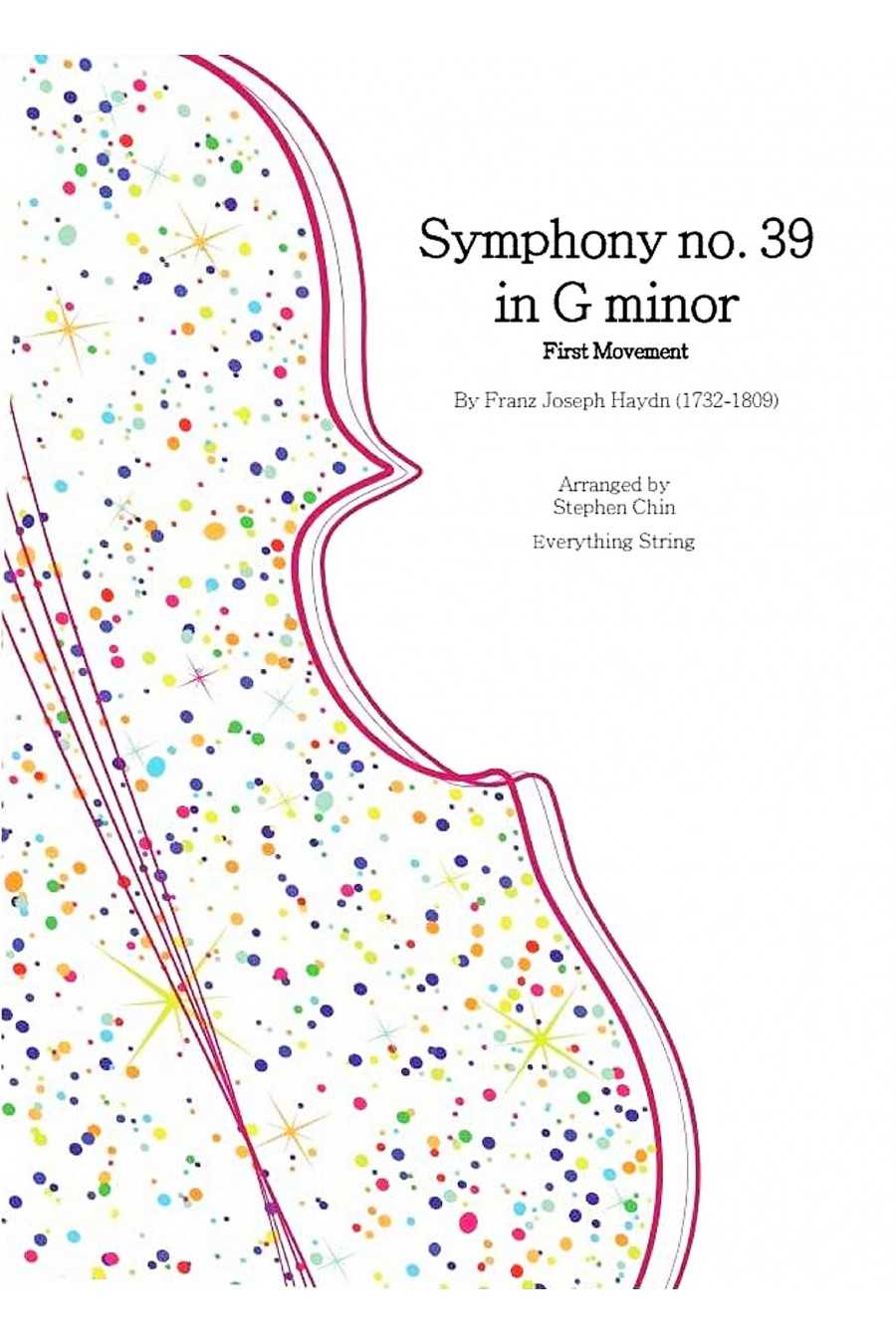

Haydn's second symphony in a minor key is a classic Sturm und Drang piece with strong emotional changes. It's great for expanding classical repertoire and practising playing techniques in G minor.
ES 133
Haydn's second symphony in a minor key is a masterpiece of the Sturm und Drang style. The symphony is a powerful journey of emotions, taking the listener on a rollercoaster of feelings that range from dark and brooding to bright and hopeful. The sudden and dramatic shifts in mood make this symphony a thrilling listening experience.
This piece is an excellent choice for musicians who want to challenge themselves and expand their classical repertoire. It is also a great opportunity to hone classical playing techniques and play in the key of G minor. With its intricate melodies and dynamic harmonies, this symphony is a true gem of classical music.
Grieg's music is rooted in Norwegian folk songs. The "Watchman's Song" has a ghostly section conveyed through tremolo. A melancholic waltz follows, evoking a troll's cave. The contrast of keys and playing styles can refine any ensemble.
1. The Watchman's Song
2. Waltz
For String Orchestra Grade 2.5
Brahms adapted 21 Hungarian Dances for two pianos and later for a symphony orchestra. The 1st Dance has a brooding nature, while the 2nd Dance is characterized by wild changes in tempo and mood. Either could make a rousing finale.
1. Hungarian Dance No. 1
2. Hungarian Dance No. 2
For String Orchestra Grade 3
Vivaldi wrote many concertos for different instruments, including one for mandolin and strings. The composition's formal structure remains unaltered, but some intricate figurations have been tweaked. The music creates a dialogue between the orchestra's sections as they share the melody. The Baroque string crossings and harmonic progressions make the piece enjoyable to play.
For String Orchestra Grade 3
This piece has three movements that explore different aspects of heat. It uses various techniques, such as pizzicato, legato melodies, staccato quarter notes, and double eighth notes, which are easy to manage for young players. It's a fun piece for any occasion!
1. Sparks
2. Smoke
3. Fire
For String Orchestra Grade 1
Ghost ships have been a mystery for centuries, dating back to ancient Greek mythology. The music piece starts with an eerie opening and transitions into an alluring theme, played by the first section, which is later repeated by other sections. The "Sailor's Dance" is an energetic and attractive tune featuring a group of soloists before a stirring conclusion.
1. Ghost Ship
2. Sailors Dance
For String Orchestra Grade 1.5